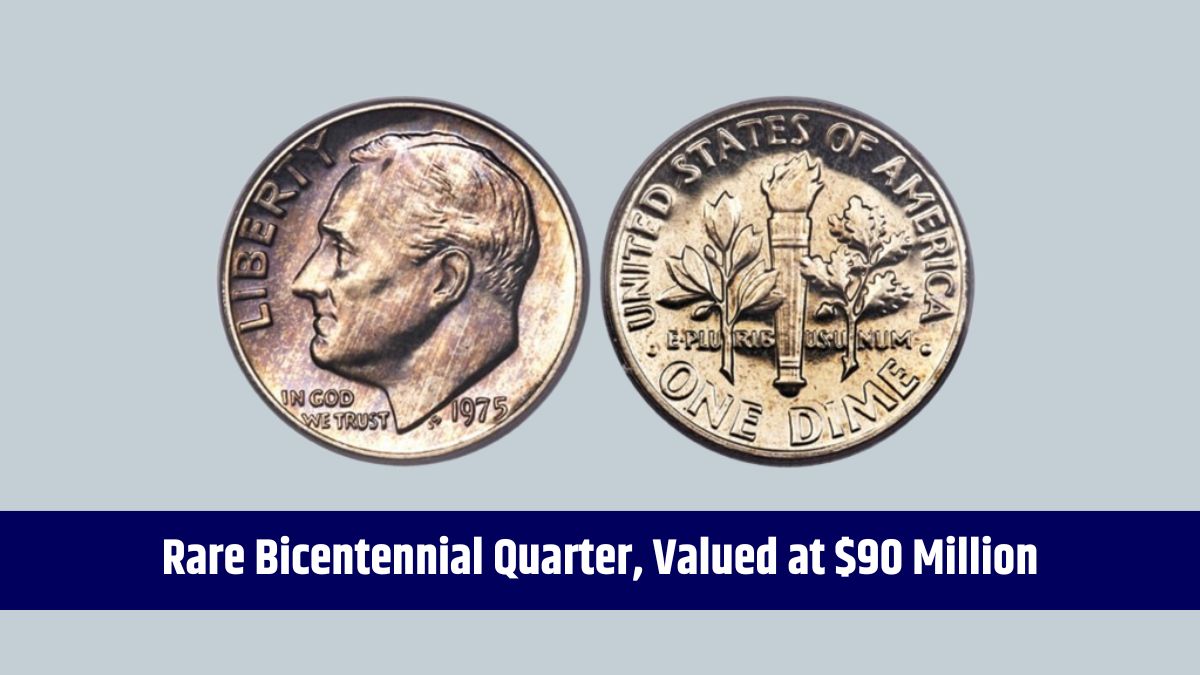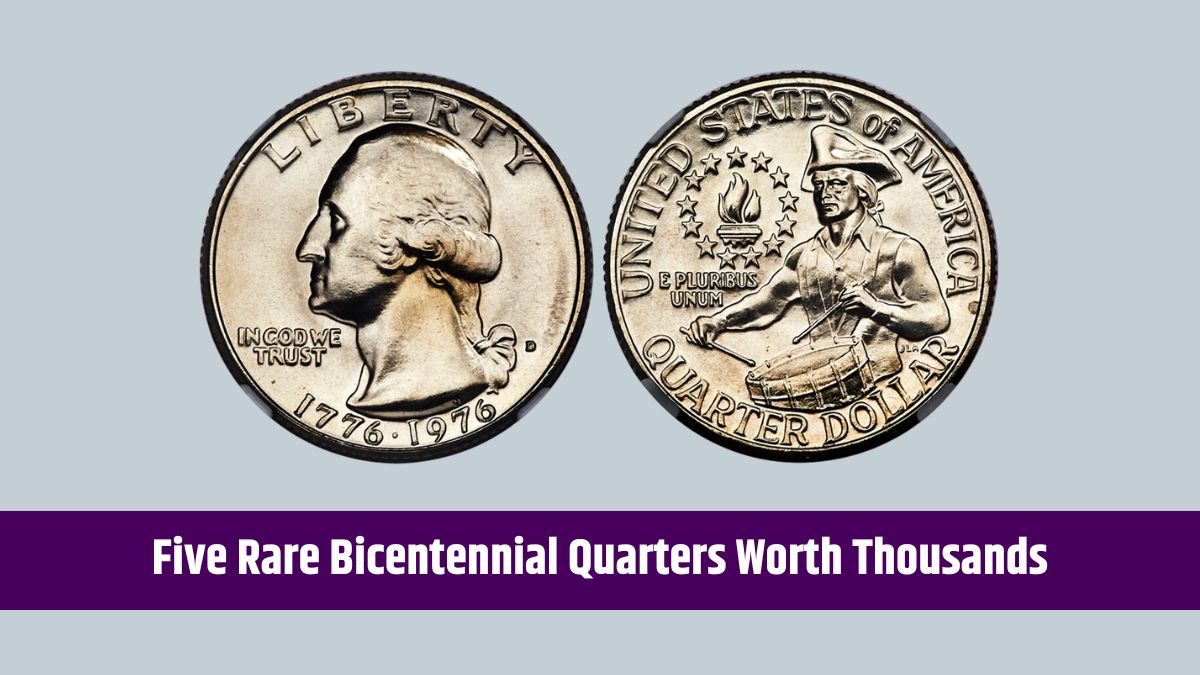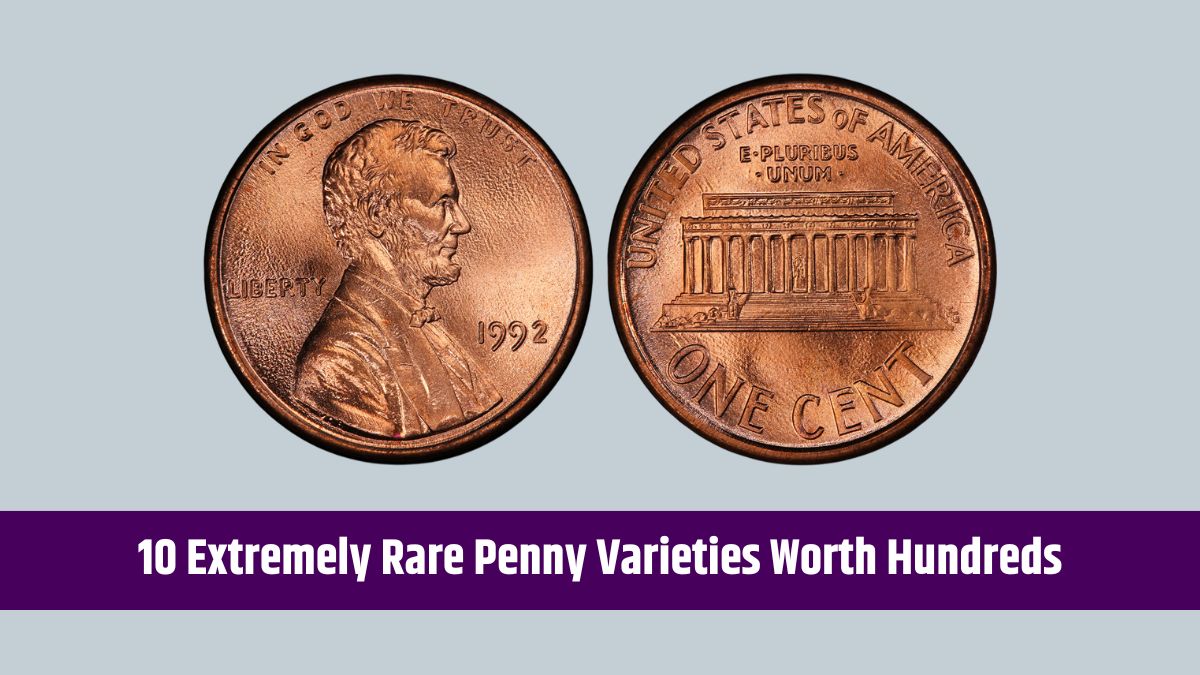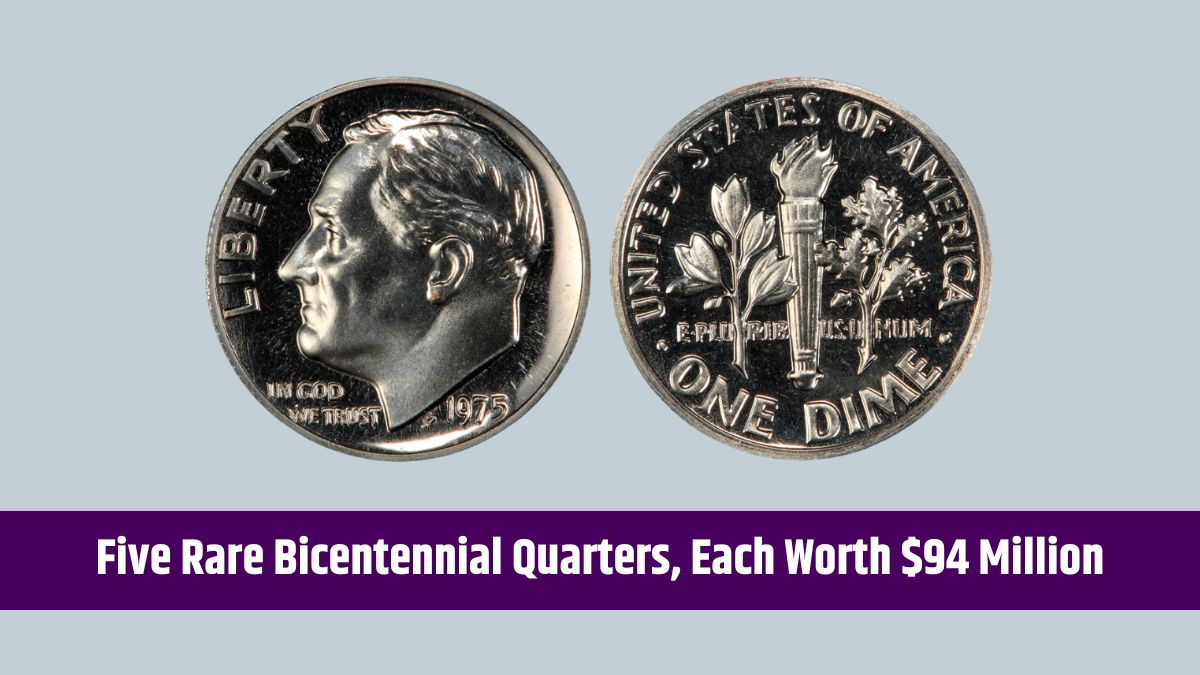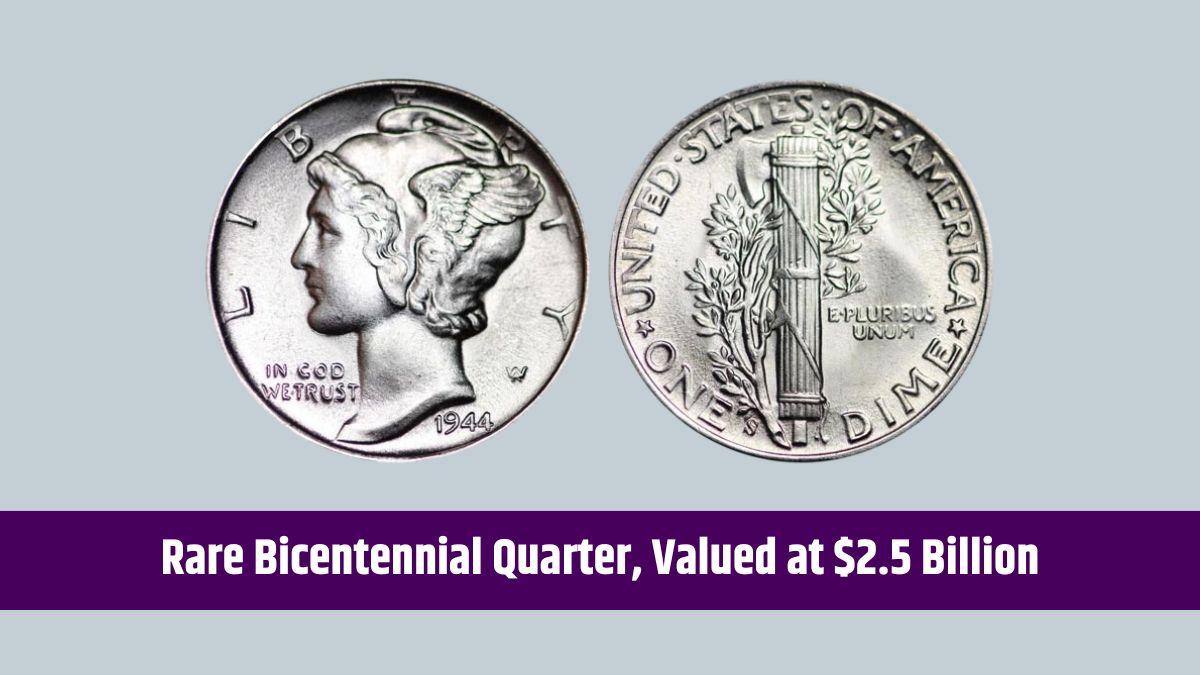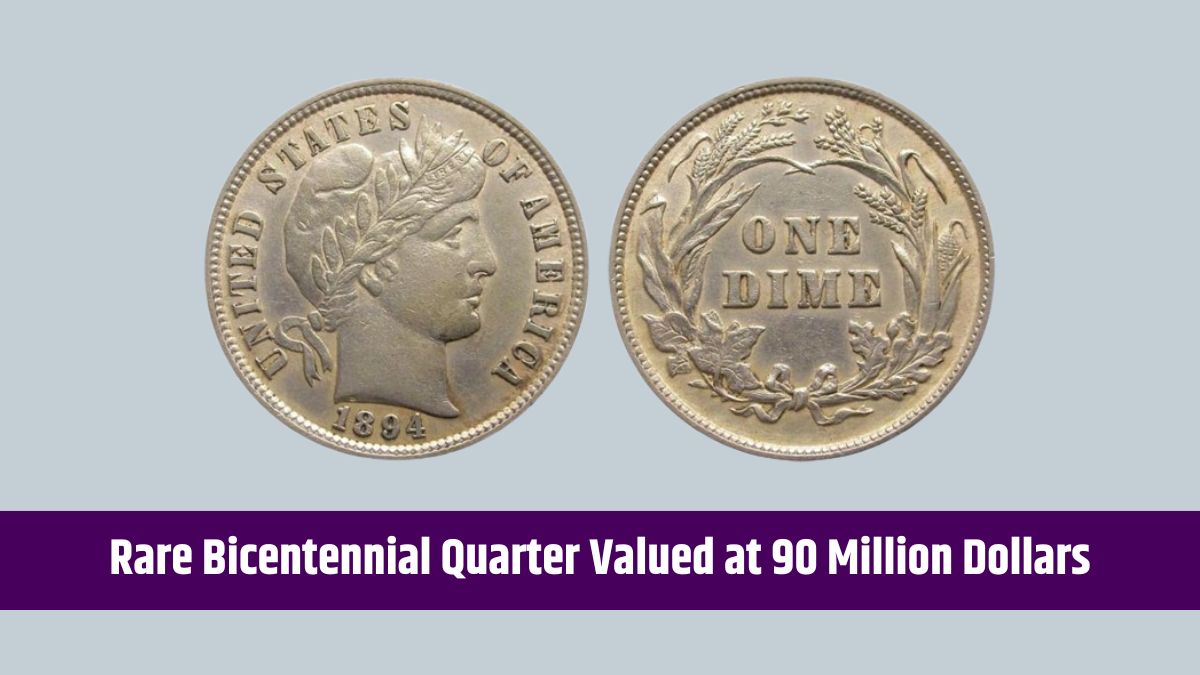Numismatics, the study and collection of coins, has a magical allure for collectors of all kinds. From dimes steeped in history to special Bicentennial Quarters, certain coins hold extraordinary value. Some are rare minting errors, while others symbolize significant moments in history. The thrill of observing one of these treasures in your loose change is what makes coin collecting so exciting. Let’s look into some of the rarest dimes and Bicentennial Quarters, each with a unique story and incredible worth.
1916-D Mercury
The 1916-D Mercury Dime is a gem in the numismatic world. Designed with a winged Liberty head to symbolize freedom of thought, it was minted in Denver, with only 22 million ever produced. While that may sound like a lot, it was a low mintage for a circulating coin. This scarcity, combined with its exquisite design, makes it highly sought after. High-grade examples often fetch thousands of dollars, making it a true hidden treasure for those lucky enough to find one.
1894-S Barber
Known as the Holy Grail of dimes, the 1894-S Barber Dime is legendary. Only 24 were minted at the San Francisco Mint, making it one of the rarest coins in American history. Most are thought to reside in private collections or museums, but a few have surfaced in circulation over the years. This coin’s extreme rarity has led to auction prices reaching six figures, making it a collector’s dream.
| Feature | Details |
|---|---|
| Total Minted | 24 |
| Auction Value | Six-figure range |
| Notability | Extreme rarity |
1975 No-S Roosevelt
The 1975 No-S Roosevelt Dime proves that even modern coins can be rare. These coins were intended to bear an “S” mintmark from the San Francisco Mint, but a minting error left the mark off some dimes. While most of these were caught and removed from circulation, a few escaped. This makes the No-S dimes highly valuable, especially to error coin enthusiasts. If you stumble upon one in pristine condition, it could be worth thousands of dollars.
1976 Bicentennial
The 1976 Bicentennial Quarter was issued to commemorate America’s 200th anniversary. While many of these are common, certain variations stand out. The 1976-S Proof Bicentennial Quarter, particularly those with a cameo finish, is a favorite among collectors. These proof coins were struck with exceptional detail and finish, making them more valuable than regular circulation quarters. Depending on condition, these can be worth hundreds or even thousands of dollars.
| Coin Type | Value Range |
|---|---|
| Regular Circulation | Face value |
| Proof/Cameo Versions | Hundreds to thousands |
1942-D Mercury Overdate
Minting errors often create some of the most intriguing coins, and the 1942-D Mercury Dime Overdate is no exception. This coin was struck using a 1942/1 die, creating a visible overdate where the “2” overlaps the “1.” This fascinating error makes it a favorite for collectors and adds significant value. An eagle-eyed observer might spot one of these in loose change, and it could be worth a small fortune.
Significant
Rare dimes and Bicentennial Quarters capture the imagination of collectors because of their history, artistry, and value. Whether it’s a minting error, a low mintage, or a design celebrating American heritage, these coins offer a chance to own a piece of history. Even casual collectors can experience the thrill of finding and the possibility of an unexpected windfall. So, the next time you check your change, keep an eye out—you might just strike gold.
FAQs
Why is the 1916-D Mercury Dime valuable?
It’s scarce, with only 22 million minted, and highly sought by collectors.
How rare is the 1894-S Barber Dime?
Only 24 were ever minted, making it one of the rarest U.S. coins.
What is special about the 1975 No-S Roosevelt Dime?
It lacks the intended San Francisco mintmark due to a minting error.
Are all Bicentennial Quarters valuable?
Only certain versions, like the 1976-S Proof, hold significant value.
What is a 1942-D Mercury Dime Overdate?
It’s a minting error with a “2” struck over a “1,” making it rare.
